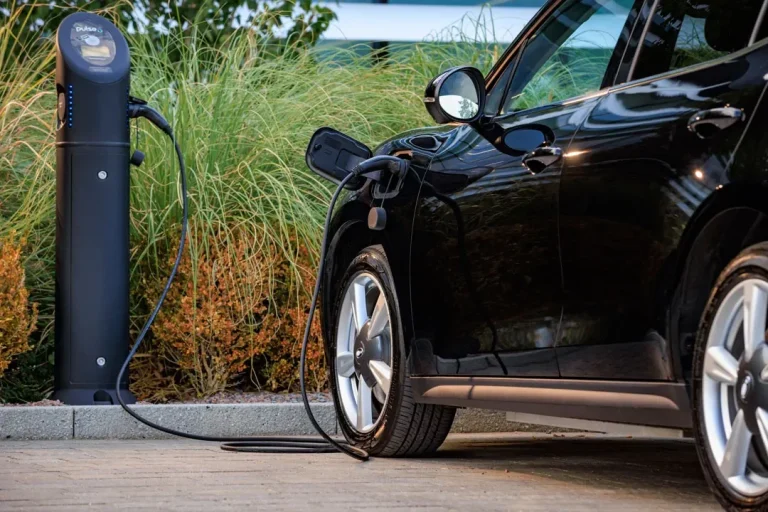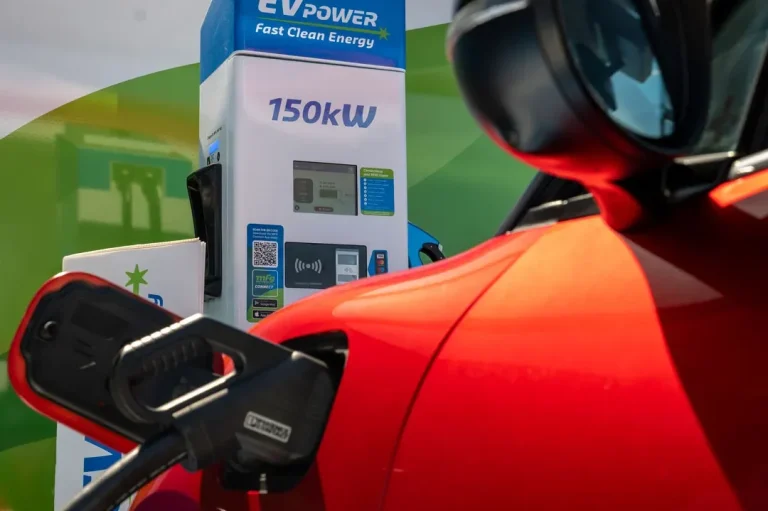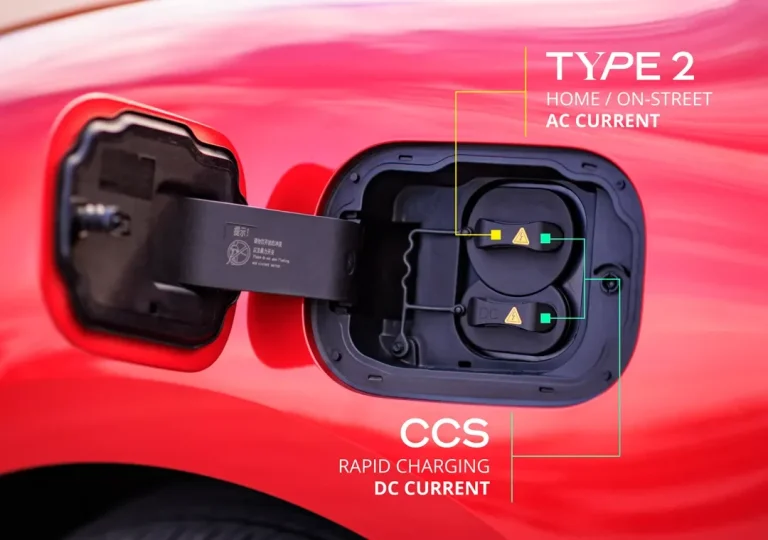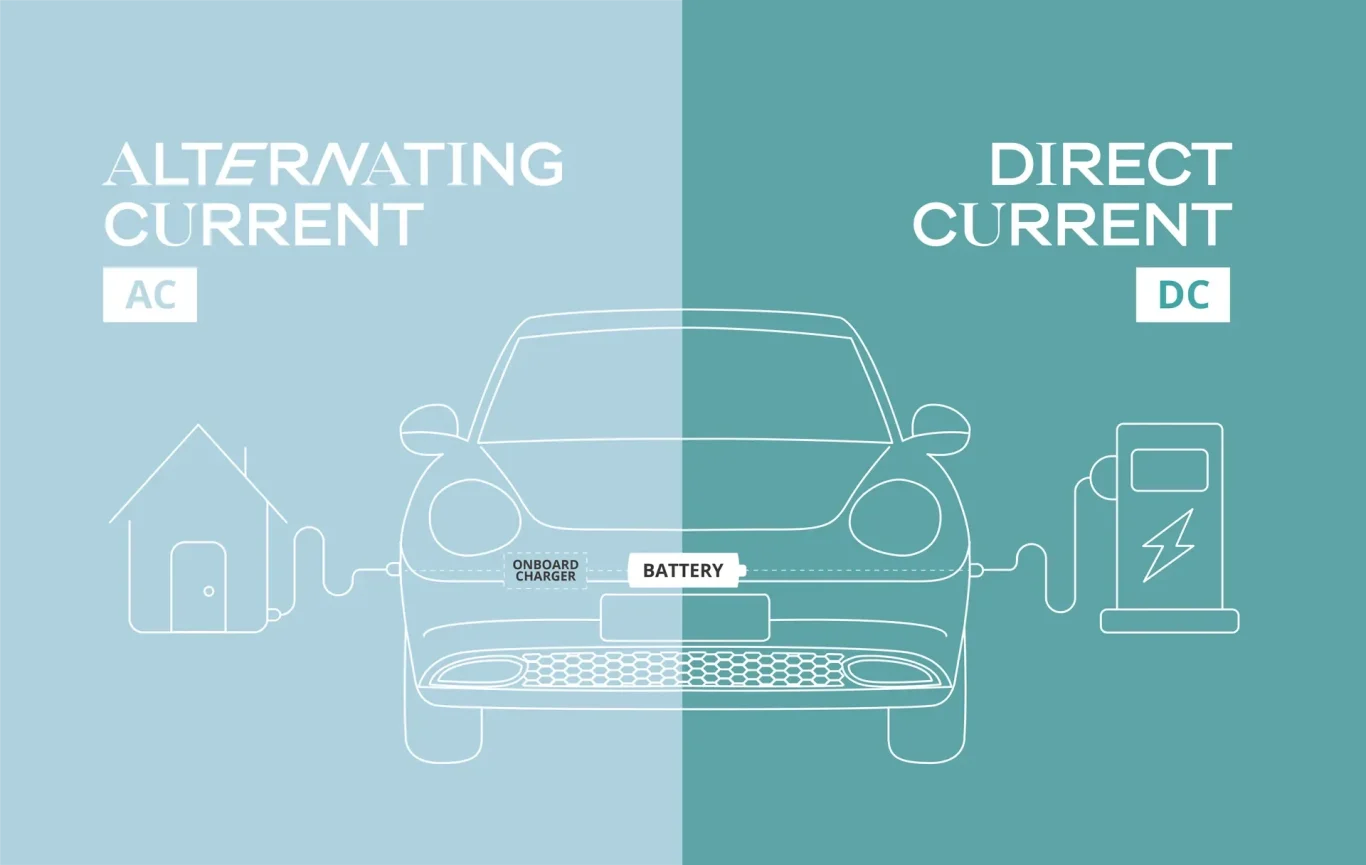Charging
Charging your ORA 03
If you are new to electric vehicles, the charging process can seem overwhelming. However, we are here to help. Our team are committed to making the electric vehicle experience easier, which is why we have created this guide on charging for the ORA 03.
There are three main methods of charging that you should know about.
Publicly, on the street

Publicly, at a rapid charger

Privately, at home

Caution! We would advise, prior to using a mains socket that you have the socket checked by an approved electrician to confirm that the socket and associated components can carry the required load. Alternatively, we would recommend you have a dedicated 240V/16 Amp socket installed.
Understanding the Mechanics of Charging?
ORA 03 comes with a combined charging system (CCS). In other words, one socket for all three ways of charging.

The CCS socket is divided into two sections.
The top section is designed for charging the vehicle at home or on the street using an AC current.
The bottom section, on the other hand, is specifically for rapid charging the vehicle using a DC current.
We will provide further information on AC and DC later on.
How Long Does Charging Take?
Publicly, on the street
3 hours 12 minutes
If you’re out and about, then you’ll most likely use an ‘on-street’ charge point which usually ranges from 11kW – 22kW charge capacity. If you were to charge the ORA from 15% – 80%, this can take 3hr 12 mins. But, chances are you’ll only need a quick top up, giving you about 50 miles of range in 1 hour.
Publicly, at a rapid charger
42 minutes
If you’re on a longer journey and need a quick charge, rapid charging is the way to go. They range from 50kW all the way up to 350kW charging capacity, and beyond. Using a 100kW rapid charger, ORA can charge from 15% – 80% in around 42 minutes.
Privately, at home
5 hours 24 minutes
As with most EVs, you’ll probably do most of your ORA charging at home on your domestic home charger. This typically ranges from 3kW – 7kW charge capacity and takes around 5hr 24 minutes to charge from 15% – 80%. You could charge your EV overnight so you’re all powered up for the day ahead.
What About Charging 0-100%?
Most car manufacturers provide charge time estimates based on the assumption that the battery will not completely drain.
It is important to note that charging from 80% to 100% takes the longest, similar to filling up a jug with water where pouring the last bit slowly prevents spillage.
To enhance the lifespan and longevity of your battery, it is recommended to maintain charge levels between 10% and 80%.
Do I Need To Buy Charging Cables?
ORA 03 will only require the use of two types of cables, type 2 for home and on-street charging and CCS Rapid charging. As mentioned previously, all charging is done through the CCS socket, whether that’s at home or out on the road.
When purchasing a new ORA 03, the vehicle will come equipped with a 3 pin to type 2 connector which allows for ‘trickle charging’ from a domestic outdoor 3 pin socket. Customers can then optionally upgrade to a standard type 2 cable which will cost £210.00 inc VAT.

3-pin domestic plug to Type 2, AC (home charging without a wall box)
- This cable comes standard with any new ORA 03.
- This cable allows you to plug in at home using an outdoor domestic 3-pin plug (designed to trickle charge the battery).
- This cable cannot be used with any ‘on–street’ or rapid.

Type 2, AC (home charging with dedicated wall box and on-street)
- Type 2 cable required for home charging via a home charger wall box.
- Type 2 cable required for on-street charging (11-22kW).
- Type 2 cable not required for rapid charging.

CCS, DC (Rapid charger, tethered cable)
- Rapid charging use only, plug and cable is always attached to the rapid charge point.
- 50kW- 350kW charge rate for rapid charging, ORA 03 can charge in as little as 42 minutes.
- Not possible to rapid charge at home.
What's the differences between AC and DC Power?
Power from the grid is always AC. It’s converted into ‘battery power’ using the car’s internal onboard converter – converting the AC power into DC power, which is then fed into the car battery. When you come across ‘AC’ it will always refer to home charging and on-street charging.
With DC power from rapid chargers, the DC converter is inside the charge point itself (rather than inside the car). Because it feeds power directly into the car without it going through the car’s onboard converter, it can charge at a much faster rate.

Home Charging Made Easy
Numerous suppliers currently offer home charging solutions. In order to streamline this process, we have strategically collaborated with Octopus Energy to furnish GWM ORA customers with a convenient and comprehensive home charging and energy solution.

